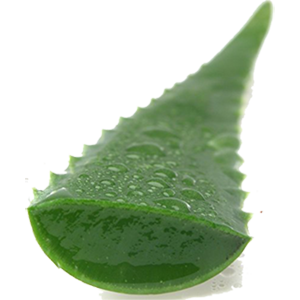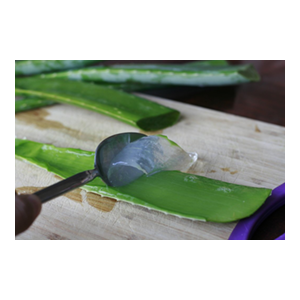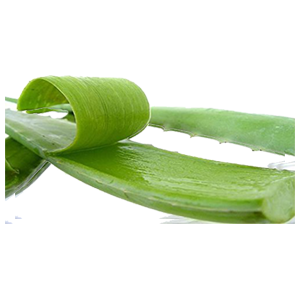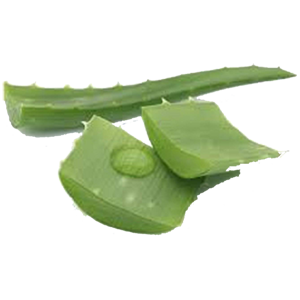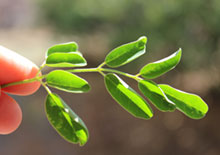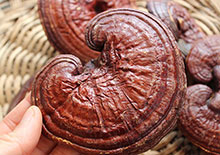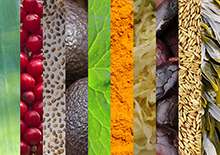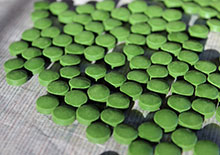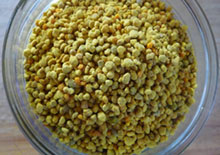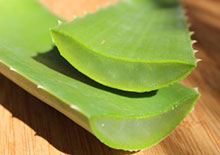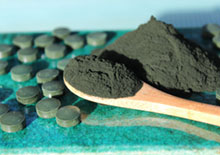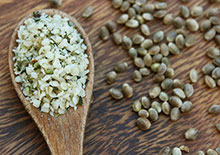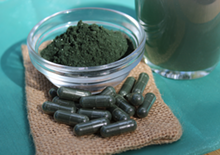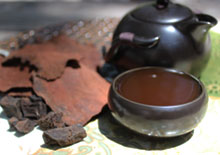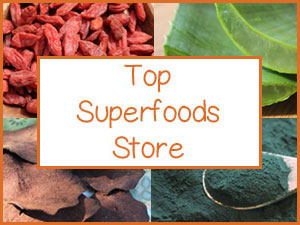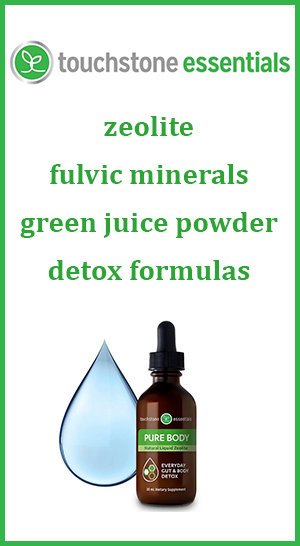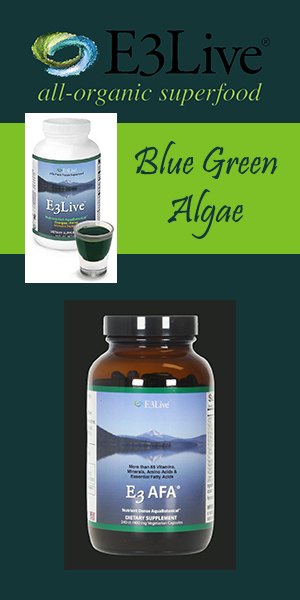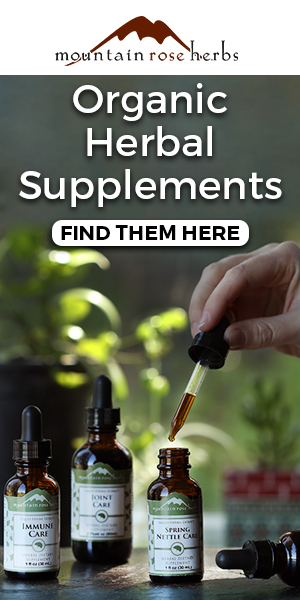- Home
- Top Superfoods
- How to Fillet Aloe
How to Fillet Aloe Leaf for Blended Drinks or Making DIY Aloe Gel
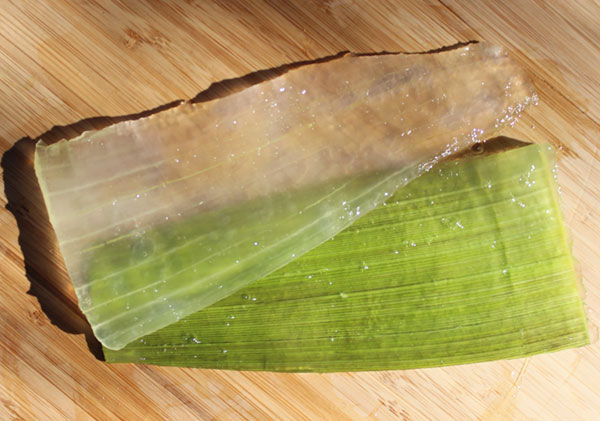
Why would you want to learn how to fillet aloe leaf? Most people are familiar with aloe's topical applications for the skin and hair, but aloe is also quite beneficial when consumed as a dietary food source.
Known for its potent polysaccharide-rich gel, or thick translucent gelatinous fiber, it is one of our top superfoods for its cleansing, moisturizing, soothing and hydrating influence. It acts as a cooling anti-inflammatory agent that also supports healthy intestinal microbiota as well as immune responses.
But, you can visit our specific page that goes over the Top Reasons to Drink It.
So again, why would you want to fillet your own aloe?
Using fresh aloe leaves is a superior and often inexpensive way to make your own aloe vera gel that you can use immediately or freeze for later use. If you’re an aloe vera lover and product consumer, you know that it’s hard to find bottled gels that don't contain other potentially unwanted ingredients like carrageenan extract or other preservatives.
Blending freshly filleted gel and freezing it is a great way to preserve nutrients and provide a portion-size cube to add to blended drinks. And, without any added ingredients. Homemade gel is also about as concentrated form of aloe you can get, no product with a shelf-life really compares.
Some of you may also be familiar with the substance known as "aloin", a bitter anthraquione acknowledge for its therapeutic aspects but also its potentially toxic side-effects when used in high amounts on a regular basis.
When you learn how to fillet aloe, you also get the option of rinsing off the aloin content which is typically found on the exterior of the gel. Soaking briefly in water will help to remove most of it, but some people actually prefer the aloin if using it for its laxative effects. So, rinsing your gel is largely dependent on your current health goals. It is not advised of course in cases of severe diarrhea or lose stools.
Another benefit to using fresh aloe is that you also get plenty of raw enzymes as aloe products are legally required to perform flash pasteurization techniques.
Why Use Fresh Aloe
- Higher quality and polysaccharide concentrated
- Doesn't contain carrageenan content or preservatives
- Can rinse off aloin or include depending on health goals
- Raw enzymes intact, not heated or pasteurized
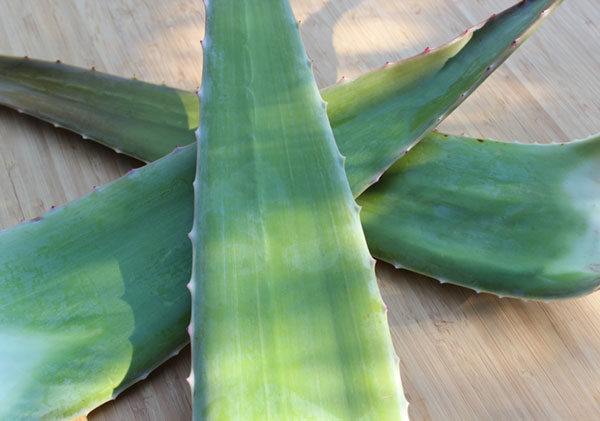
Where Can You Get Fresh Aloe Leaves
Visit our aloe gel versus aloe juice page for more info on specific differences.
Here in many California local health food markets, organic aloe leaf is becoming a more common item found in produce sections next to leafy greens and vegetables.
Most species of Aloe vera are edible, but there are a few that should be avoided. The most frequently utilized variety for supplemental use is the Aloe barbadensis Miller species. This is due to its larger sized leaves as well as its medicinal properties.
If you happen to live in a dry arid-like climate conductive its growth, it is a very easy-to-grow garden plant that is likewise commonly used as a landscape variation. Large exterior more mature leaves can be periodically pruned and will stimulate the aloe plant to increase its growth cycle.
In addition, quality whole aloe leaves are now also available from many online suppliers. (See our researched organically certified aloe leaf section here.)
How to Fillet Aloe Leaf
Fresh aloe is a superior choice for consumption in drinks and smoothies. Whether you buy fresh aloe leaves or grow your own you will need to know "how to fillet" your leaves. The term "fillet" is used because cutting the inner gel out is much like filleting a fish. The idea is you want to remove the outer green skin or rind which is inedible.
This will give you a thick piece of translucent gel that you can use in smoothies or other blended drinks. When filleting whole aloe leaves, the rinds left over will also contain a good amount of "juice" which we personally like to use directly on the skin or face for its moisturizing qualities. They can also be scrapped clean, placed in a jar in the fridge and will last a few days.
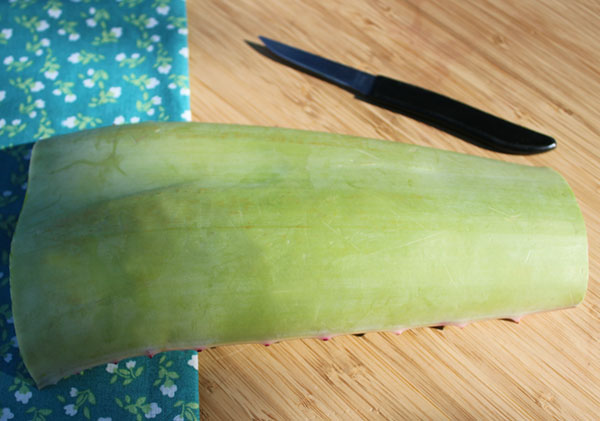
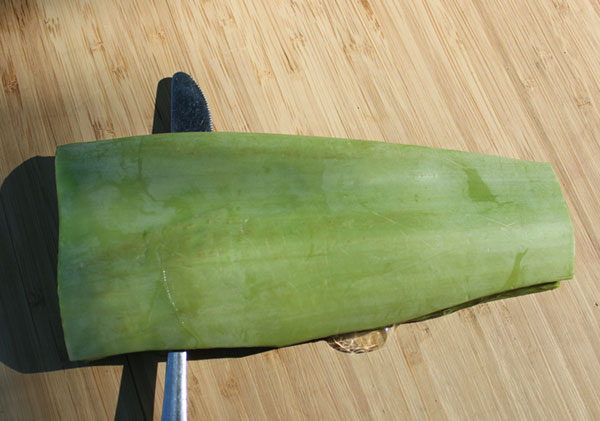
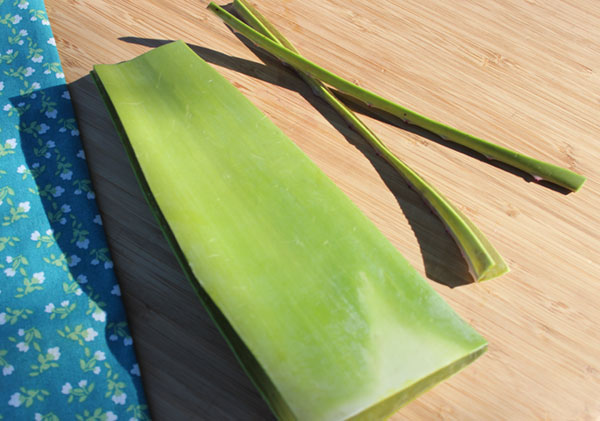
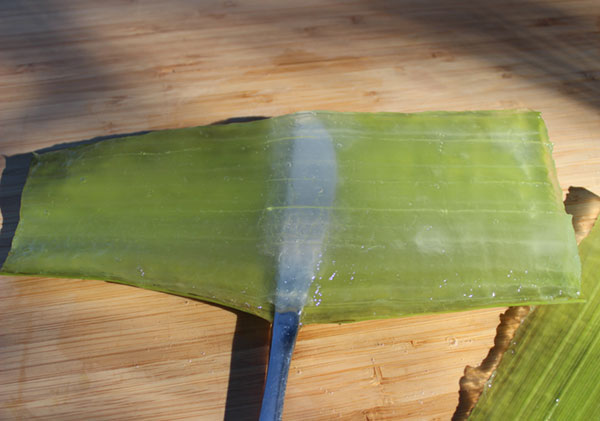
Directions for Filleting Aloe Vera Gel
- Take your whole leaf and cut off the top and bottom with a knife or pair of kitchen scissors.
- Next, cut off along the vertical pointy edges on both sides. Now you are ready to fillet out the inner gel section.
- Hold your leaf down on a chopping board, with the flat side down. Using a blunt knife, like butter knife, cut at the widest part as close to the skin as possible, all the way to the end of your leaf.
- Next, turn your leaf over with the gel side exposed and repeat the previous step, removing the curved skin portion.
- Put your skins aside to scrap or utilized any remaining juice or gel or compost them.
- Now you will have a whole thick gelatinous piece which you can soak in pure water to remove any aloin content. Aloin, being a yellow-brown substance, is usually visible in soaking water after a few minutes.
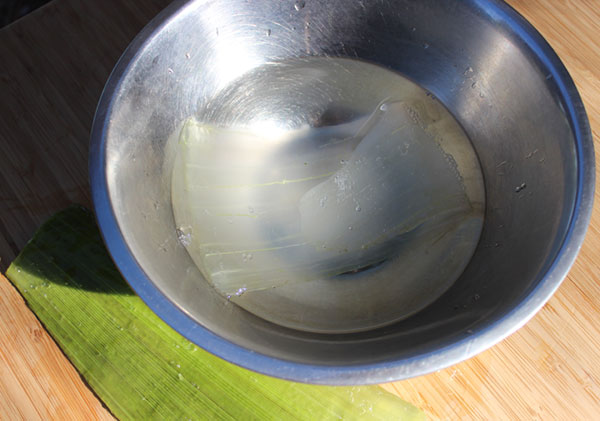 Rinsing to Remove Aloin is Always an Option
Rinsing to Remove Aloin is Always an OptionHow to Make Your Own Aloe Gel
Making your own aloe gel is a great way to avoid the carrageenan content found in some aloe vera gel products. This is a common ingredient added to maintain a thick gel-like quality.
After you fillet the gel from two to three leaves, place them in a blender and blend until smooth. Because the gel contains a good amount of water content you usually don't need to add any.
Freezing Aloe
Aloe gel freezes well and this is a good way to preserve it as it won't last long in the fridge otherwise.
This can be achieved by pouring your blended gel into ice cube trays. When frozen, remove them and place in an airtight container or zip lock bag and label them for future use.
Alternatively, you may also wish to freeze straight gel pieces. But, keep in mind they will be harder to cut if you don't portion them out beforehand and wrap individually.
How to Use
You can add fresh gel pieces or frozen portions to most any smoothie or blended juice or drink. This will naturally add a thick quality.
We use aloe gel in recipes like our goji berry lemonade as well as our charcoal lemonade detox drink.
Precautions:
Excessive internal use may cause abdominal cramping and loose stools. It is often best to avoid consuming aloe vera gel when pregnant. Consult your physician or health care provider before using aloe if you are nursing, have a serious medical condition or are taking prescription medications.
Shop Related Products (About Affiliates & Amazon Associate Paid Links)
Affiliate Disclaimer: This section contains affiliate product links. If you make a purchase through our recommended links, we receive a small commission at no additional cost to you. Thanks for the support.
